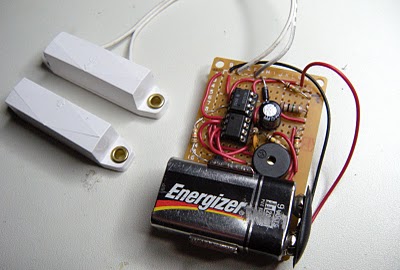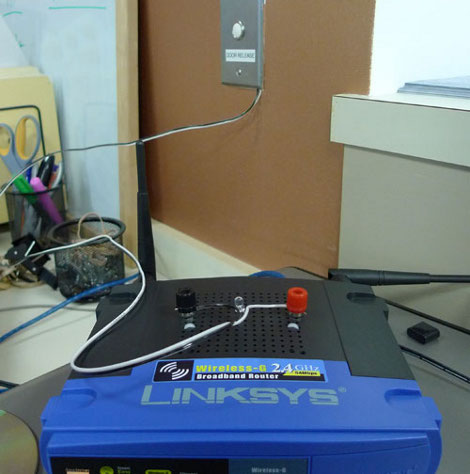Faced with critters trying to get in and a cat that loved to show them her latest kill, the folks at Quantum Picture came up with a system that unlocks the cat door based on image recognition. As you can see above, it uses a camera to capture the profile of anything approaching the cat door. That image is compared to stored positive identification sets, making up a feline positive identification protocol. Don’t think this is necessary? In the writeup there’s a couple of images showing the outline of a skunk. Sounds like this system is a necessity.
We wonder if this lucky cat also has an Internet enabled cat feeder?
[Thanks Stephen]
















